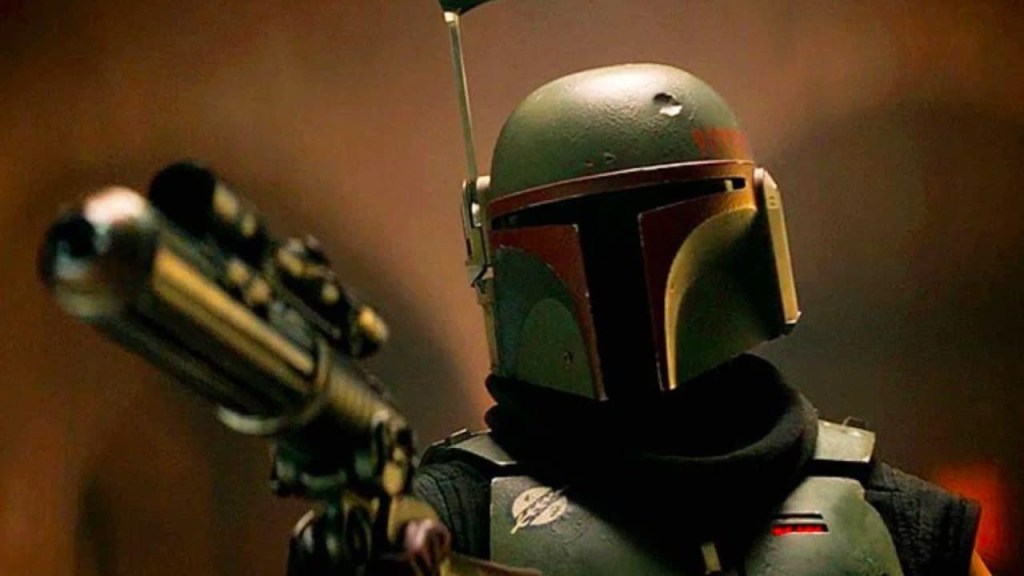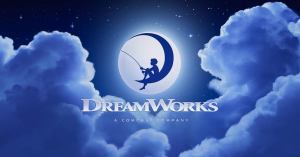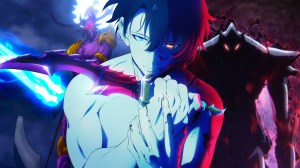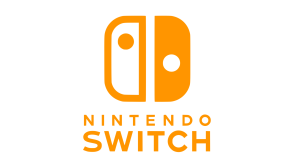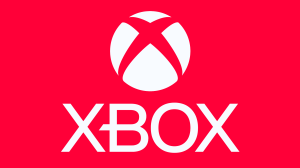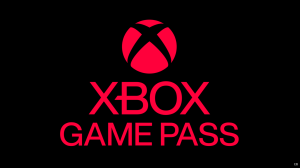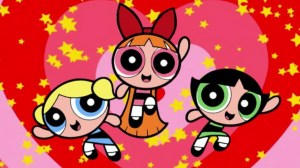Star Wars: Underworld has become the hottest “show that never was” to be rediscovered by social media platforms and franchise pundits. Thanks to new insights from one of Star Wars‘ most influential creators (producer Rick McCallum, speaking to Young Indy Chronicles), fans are having their minds blown by the idea of Star Wars‘ first TV show being a post-Prequel Trilogy series, whose price tag would’ve seen each episode costing as a much as a modestly-budgeted movie.
Videos by ComicBook.com
Here’s everything we know about Star Wars: Underworld, including why it never made it to the screen, after first being announced back at Star Wars Celebration 2005.
Everything We Know About Star Wars: Underworld
The Setting & Story
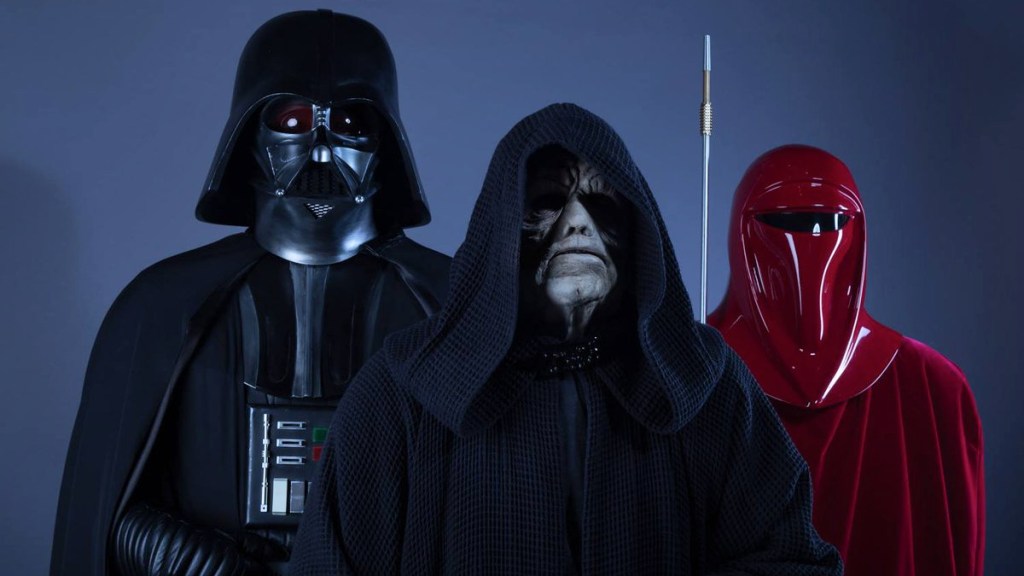
Star Wars: Underworld has been draped in a veil of secrecy thicker than the planet At Attn. That said, the title of the series says a lot; Star Wars fans have long wanted a series or movie set in the underworld of a galaxy far, far, away, involving bounty hunters, gangsters, assassins, crime syndicates, and all those from the Empire to the Republic to the Sith and the Jedi who cross through that shadowy world.
The premise of Underworld would’ve reportedly placed the show’s events in the nearly two-decade period between the Prequel Trilogy and the Original Trilogy, covering about “100 hours” of screentime. Its primary setting would’ve been the Imperial homeworld of Coruscant – specifically the seedy underbelly (or “underworld”) of the metropolitan planet.
Most interesting is McCallum’s claim that George Lucas was prepared to abandon the more kid-friendly elements he had adopted, and take Star Wars: Underworld into much more adult territory. “These were dark [scripts]. They were sexy. They were violent. They were absolutely wonderful, complicated, challenging scripts.”
He went so far as to tease the notion that Star Wars: Underworld would’ve changed everything about the franchise, saying the show “would’ve blown up the whole ‘Star Wars’ universe and Disney would’ve definitely never offered George to buy the franchise [laughs].”
So there you have it: Unlike The Book of Boba Fett, it sounds like Underworld would’ve been the marriage of crime-drama and Star Wars lore fans wanted – with some referring to it as “Deadwood in space,” in reference to HBO’s prestigious 2000s western.
As McCallum indicates, Lucas already had 60 episodes of the series already plotted out, which gives us an estimate of about three seasons’ worth of content (if working within the classic 23-episode seasonal structure), if not more (if the seasons were shorter).
The Characters
In a previous interview (from 2008), McCallum did reveal at least a vague summary of the Star Wars characters that would’ve appeared in Underworld. The show would’ve primarily followed “brand new characters, a group of people that we haven’t seen yet, except Boba Fett, who [would] be an instrumental part of it.” He added that “the series [would] also showcase other bounty hunters.” Other Star Wars fans have dug up other concepts for the series, such as a two-episode arc that would’ve seen Darth Vader trying to quell an uprising on Coruscant.
It sounds as though Star Wars: Underworld would’ve been a mix of new characters and storylines and legacy characters making high-profile appearances – which would’ve been an earlier precursor to the strategy that Disney+ has employed with its various Star Wars TV series. It also sounds like the show would’ve leaned further into the dark times of the Empire’s reign and how the rest of the galaxy responded as a result than shows like Andor or The Book of Boba Fett did.
Other anecdotes have revealed that Underworld would’ve had a loose anthology format to it, where iconic characters showed up for story arcs. In addition to Vader’s anti-uprising storyline, there were other scripts detailing milestone events like how Han Solo and Chewbacca met and started working together; how the plans for the Death Star were obtained by the Rebellion; How Lando lost the Millennium Falcon, and even one revealing the tragic bad love backstory of Emperor Palpatine.
The Budget

McCallum is blowing minds with the statement that Star Wars: Underworld would’ve had a per-episode budget of around $40 million. That’s the budgetary threshold of a modestly-budgeted theatrical film, and judging by even the most rudimentary calculations, Lucas would’ve had to invest over $2 billion into making Star Wars: Underworld.
That would’ve been one of the most substantial investments in a television series, ever (comparitively, The Mandalorian costs about $12-$15 million per episode) – but arguably, it also would’ve been a savvy one. Lucas would’ve been making franchise IP prestige TV nearly a decade before Disney, Marvel, and Lucasfilm pushed their chips all-in on expanding their movie franchises into the TV/streaming landscape. Hearing that Lucas was scaling Star Wars: Underworld to be one-of-a-kind blockbuster event TV only boggles the mind even more when considering how big of a cultural phenomenon the show might’ve been.
[RELATED: Why Star Wars Is About to Enter Its Best Era Yet]
The Creative Team & Cast
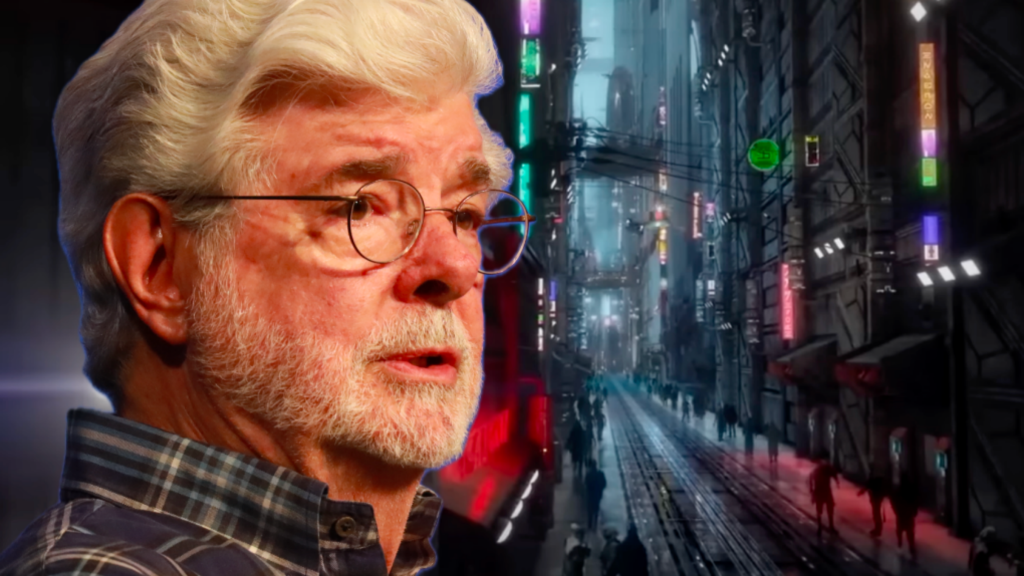
Star Wars Underworld would’ve been made under the purview of George Lucas, the creator of the Star Wars franchise. Obviously, Lucas’ longtime collaborator on the Star Wars Prequels and Indiana Jones films, producer Rick McCallum, would’ve also been involved.
According to what McCallum could reveal, the series had been developed to a considerable degree, “I think we had over 60 scripts… like third draft scripts,” McCallum said to YIC. He claimed the overarching story and episode scripts for the episodes were worked on by the “most wonderful writers in the world,” indicating that it was aiming to very much be a prestige series on the level of HBO.
Other anecdotal stories have revealed that Battlestar Galactica showrunner Ronald D. Moore was heavily-involved with the writers room of Star Wars: Underworld. Alongside Moore were other now-famous names in TV and/or film, like Matthew Graham (Life on Mars), Chris Chibnall (Broadchurch, Doctor Who), Setphen Scaia (Jericho, Blood & Treasure), Terry Cafolla (Britannia), Fiona Seres (Tangle, Kin), Louise Fox (Glitch) and Tony McNamara (Cruella, The Favourite, The Great).
Obviously, Star Wars: Underworld never made it to the casting stage, but one can assume Lucas would’ve still held enough sway to pull some select Prequel Trilogy actors (Hayden Christensen, Ewan McGregor) back into the franchise long Disney did. It’s also easy to surmise that characters that were later made famous by Dave Filoni’s Clone Wars animated seires (which he created under Lucas’ tutelage) might’ve instead made their debut – or risen to fame – in the live-action series. That list could include western-themed bounty hunter Cad Bane, or Anakin’s would-be apprentice Ahsoka Tano, who was originally concieved as being a young black market middle-woman who worked with the Jedi, while still trying to prevent criminals from exploiting things. Now that we know these characters so well, it’s hard to envision what a significant change Star Wars: Underworld would’ve made in their development.
Why Star Wars: Underworld Never Got Made
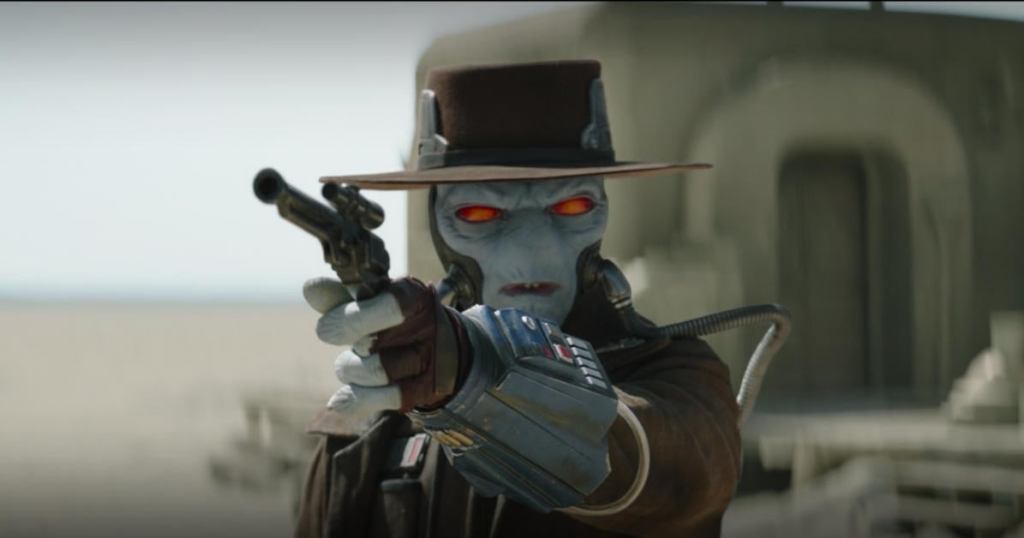
It’s not a complex answer: timing. George Lucas envisioned making Star Wars: Underworld at a time when film technology was still woefully behind the scope of his imagination.
In a previous interview Moore explained that Lucasfilm execs told them to “‘Think big. Don’t have any worries. We’ll make it. Budget is no object.’ So we wrote these gigantic pieces.” The writers did as instructed, but unfortunately, their big imaginations were too big to wrangle down the budget to point where the series could be greenlit.
“The problem was that each episode was bigger than the films, so the lowest I could get it down to with the tech that existed then was $40 million an episode,” McCallum explained.
If that $40 million per episode price tage seems wild now, just consider how it must’ve been viewed in the 2000s. That was a time when there were no comparative case studies yet for just how vaulable (as in: billions) big franchise IP universes could be – let alone the potential value in making them multi-platform franchises that extend across both TV and movies. George Lucas was once again taking a big swing at unexplored terrain, much like he did when making the Original Trilogy. And it might have just paid off, had he found a way to pull it off. Instead, Disney approached Lucasfilm for acquisition and Lucas decided he didn’t have the creative vigor to shepherd the franchise into the next era, and sold it off.
Legacy & Impact
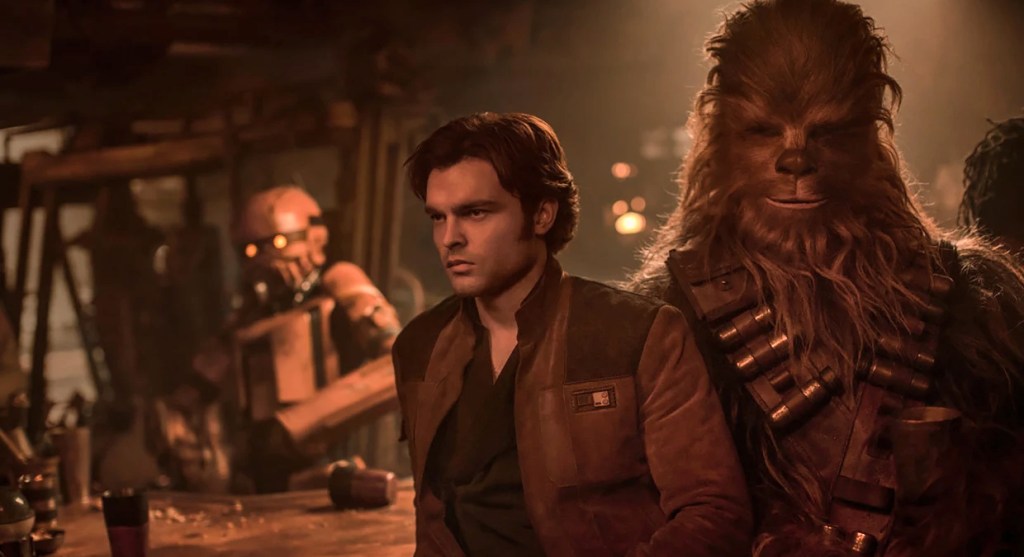
Star Wars: Underworld will never be resurrected – at least not in the form that George Lucas and the original creative team envisioned it. While the price-point is something that could now be wrangeled down (or at least spread across seasons), the content created for Underworld hasn’t seen sitting around dormant. If you can’t tell from the section above, we know for sure from various writers, directors, and other creatives that certain scripts from the show were later mined to create the Star Wars content we now know and love.
Some of the most notable projects that were in part directly spawned from Star Wars: Underworld ideas were the “standalone” films Rogue One: A Star Wars Story, and Solo: A Star Wars Story. More indirect influences can be seen on things like the Sequel Trilogy (Palpatine personal life) or TV series we did get like Star Wars Rebels and The Mandalorian. Other ideas were exported to other Star Wars franchise content like video games (which also never made it to release).
As you can clearly see, Star Wars: Underworld is still a major fixation for franchise fanfase. But instead of that pioneering series, we now have a massive collection of other Star Wars TV shows now streaming on Disney+.

